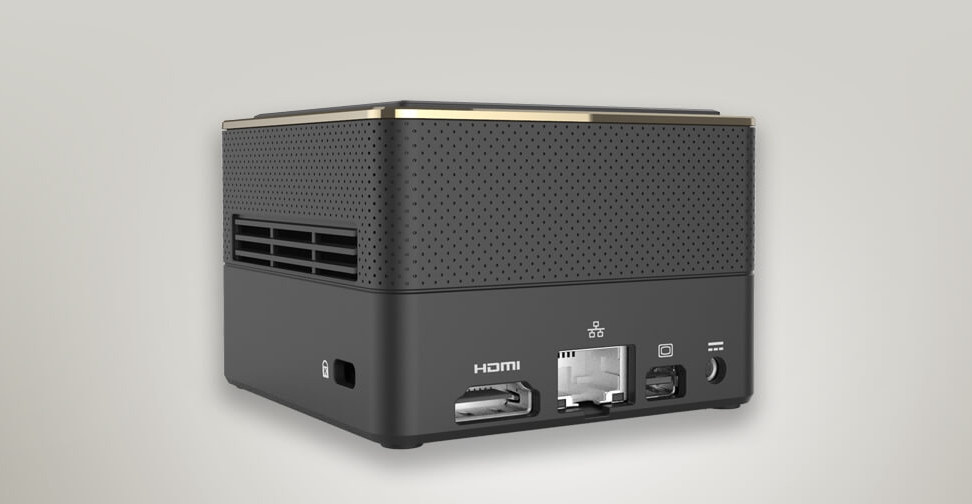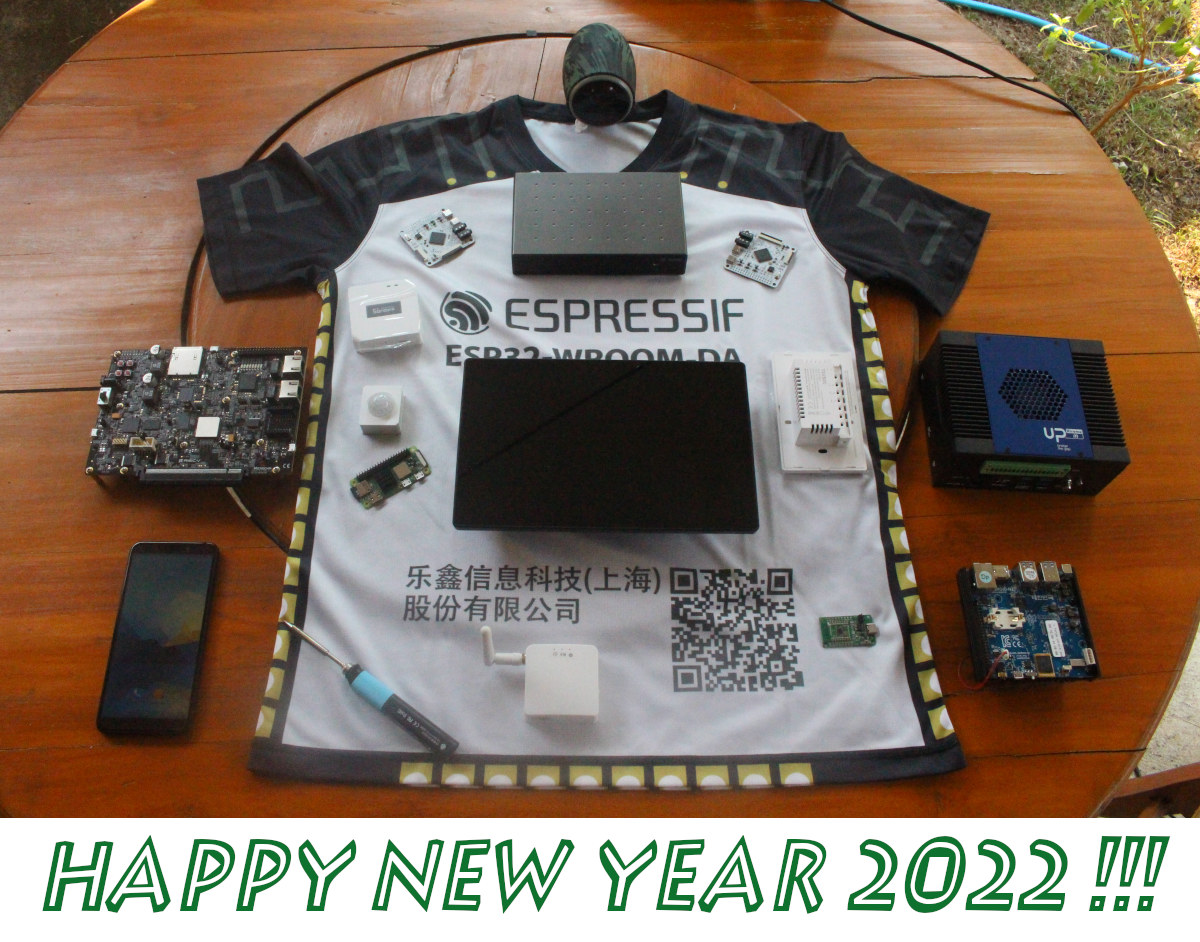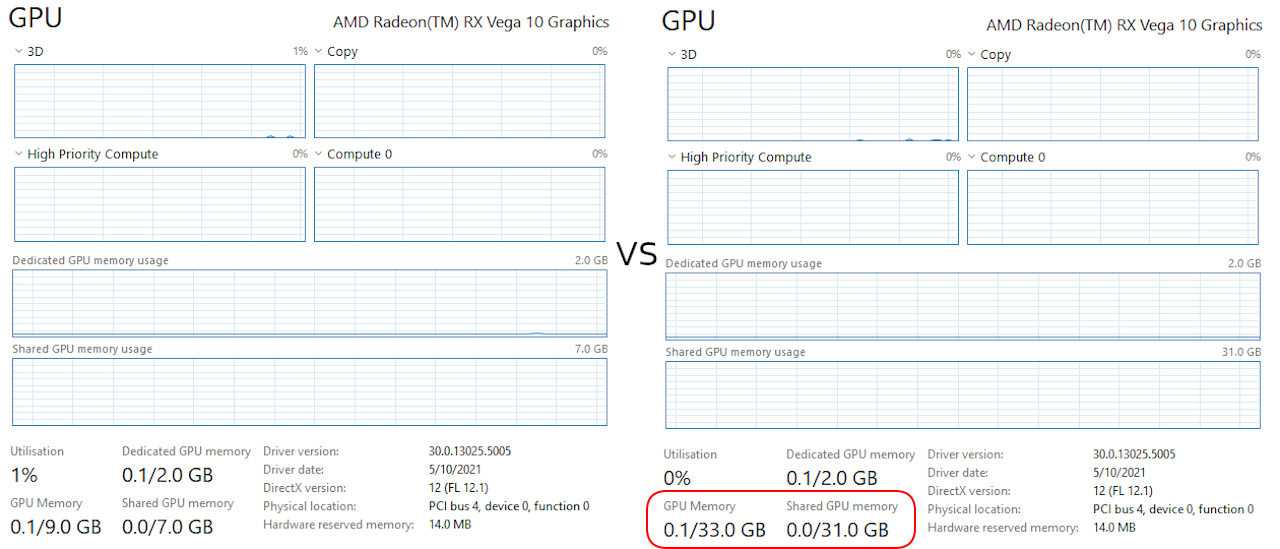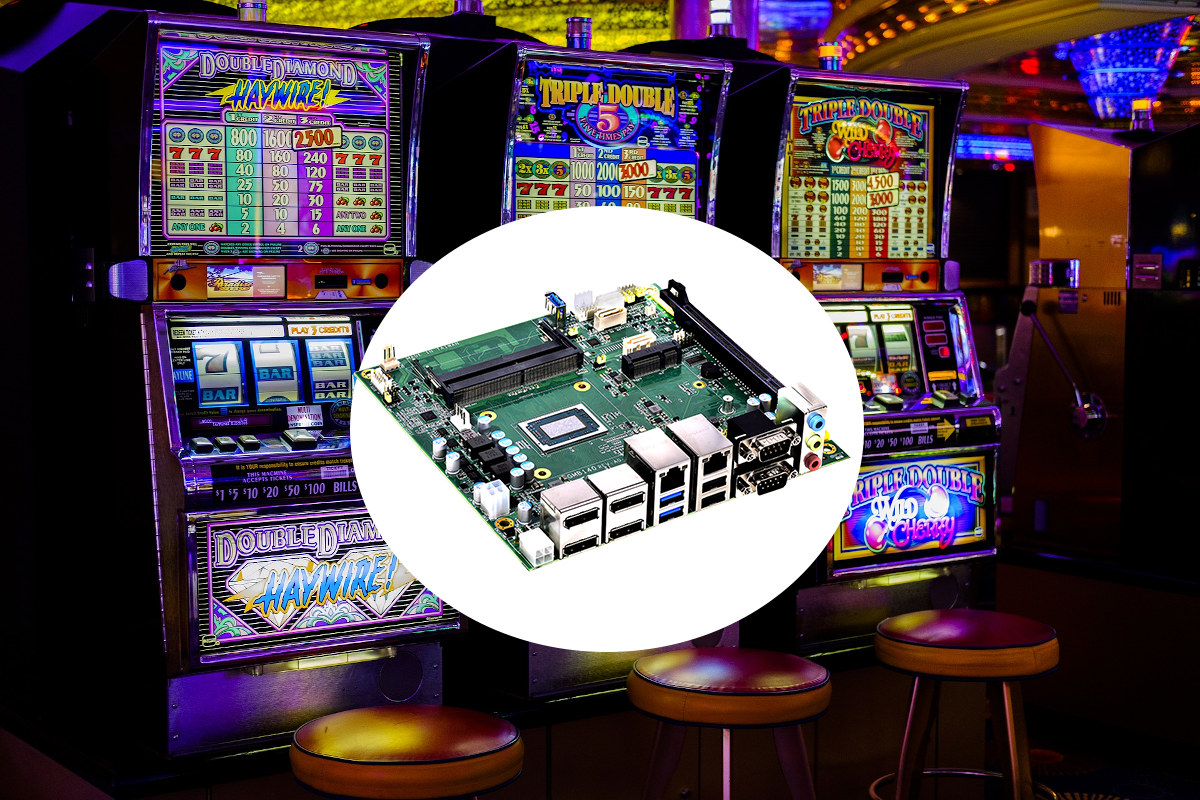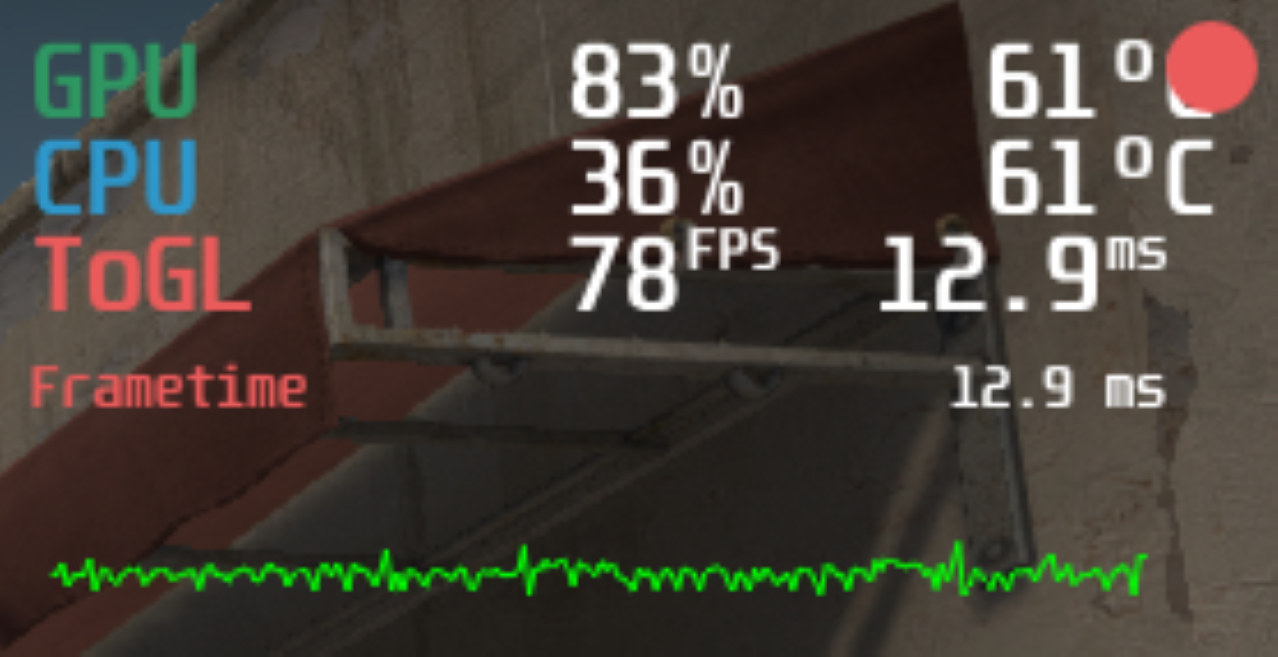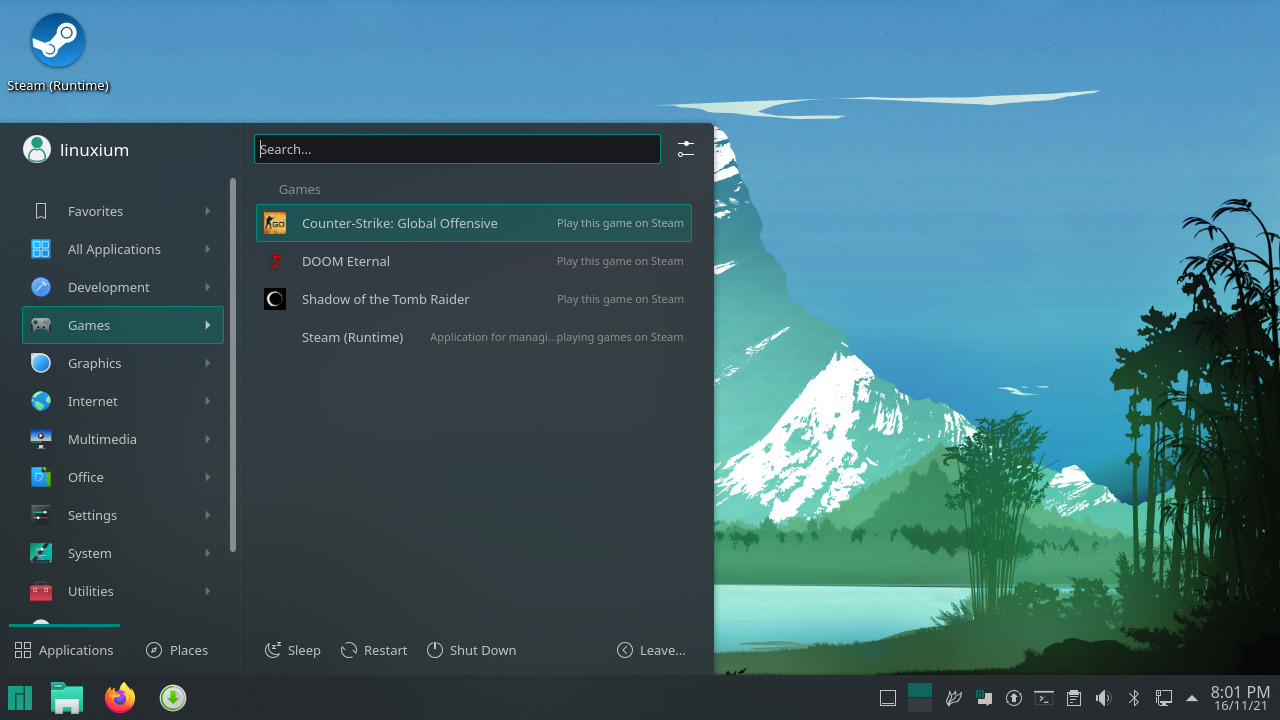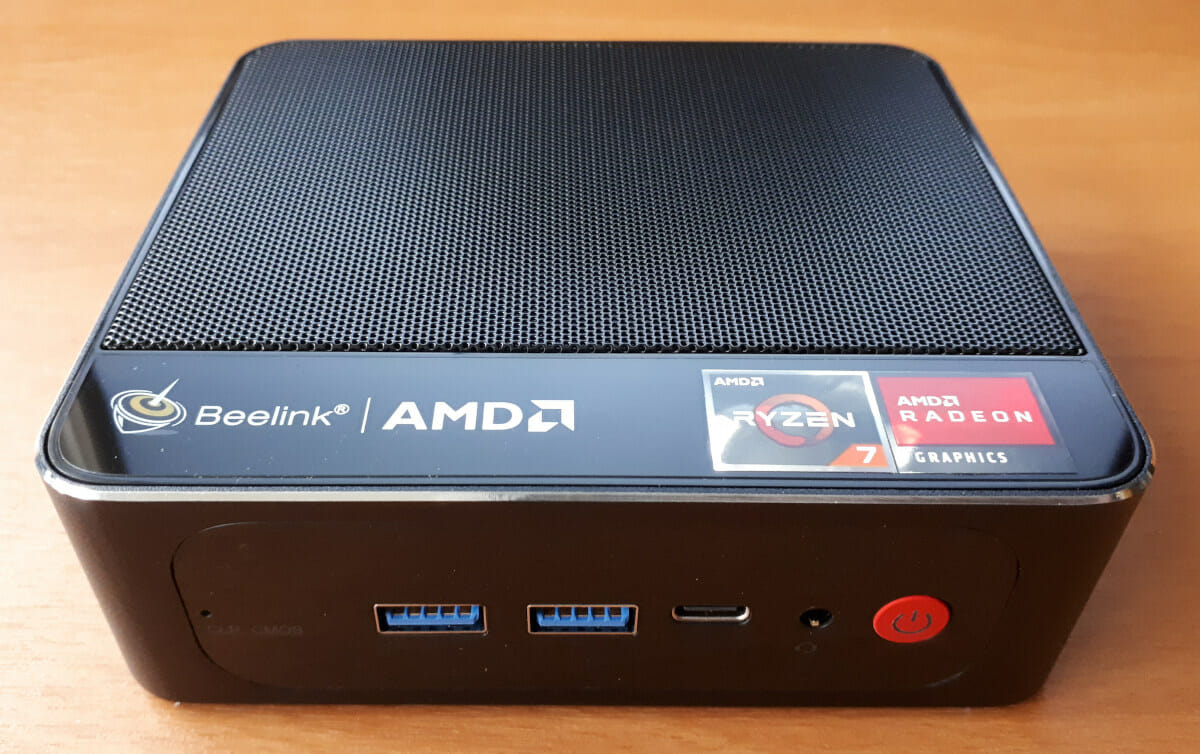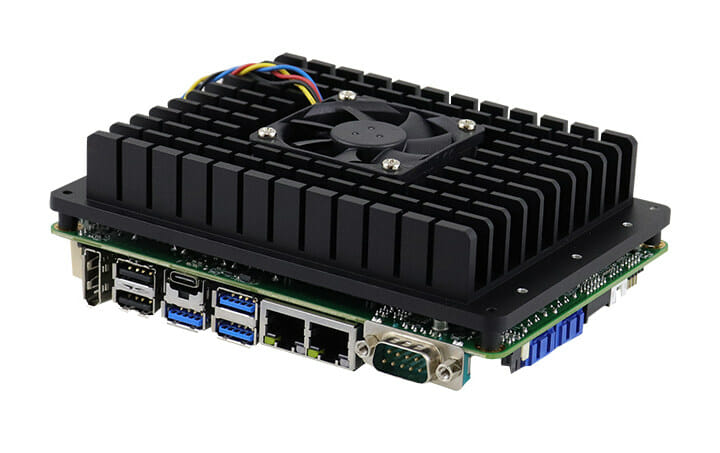ECS LIVA Q3 Plus is another one of those pocket-sized mini PC’s we’ve seen in the past like the ECS LIVA Q2, Chuwi Larkbox, GMK NucBox, and others. Most of those mini PCs are based on Intel Apollo Lake or Gemini Lake mini PC, but LIVA Q3 Plus comes with a twist as it is powered by a 15W AMD Ryzen Embedded V1605B or R1505G processor making it, according to the Taiwanese company, the world’s smallest 15W AMD mini PC. ECS LIVA Q3 Plus specifications: SoC (one or the other) AMD Ryzen Embedded V1605B quad-core processor @ 2.0GHz up to 3.6GHz; TDP: 15W AMD Ryzen Embedded R1505G dual-core processor @ 2.4GHz up to 3.3GHz; TDP: 15W System Memory – 4GB or 8GB DDR4 2400 MT/s Storage – 64GB or 128GB eMMC flash, MicroSD card slot Video Output 1x HDMI 2.0 port up to 4Kp60Hz with CEC function 1x mini DisplayPort […]
Year 2021 in review – Top 10 posts and statistics
As per tradition, we’ll look back at what happened during the year in the last post, and see what 2022 may have in store, plus the usual statistics from CNX Software website. The biggest story of 2021 has to be the worsening of semiconductors shortages with extremely long lead times, prices of some components going up multiple folds, constant complaints on Twitter about availability and prices. I think I even saw a website, hopefully misconfigured, showing an estimated availability of a specific STM32 MCU in 2037. This also gave rise to opportunities and board redesigns, with MotorComm Ethernet chips replacing some Realtek chips in SBCs such as NanoPi R2C and Orange Pi R1S Plus LTS, and CH9102F showing up as a replacement for CP2104 in some IoT boards. We also got some interesting Arm processors, but sadly the high-expected Rockchip RK3588 got delayed by another year, although it’s getting really […]
OS and Memory Impact on Mini PC Gaming Performance
This article looks at what the effect of running a different operating system or having more memory has on similarly spec’d Intel and AMD mini PCs when gaming. Note: This article has been updated and corrected as a result of reader feedback and additional testing. It was inspired by having built and tested a pseudo ‘Steamdeck’ running Manjaro on an AMD-based mini PC with 16GB of memory, which made me wonder what the performance would be like using Windows 11. Initial results were surprising because Windows appeared much slower. As I’d previously heard of performance improvements when using 64GB of memory I swapped out the currently installed 16GB memory and immediately saw improved results. As I’d never observed such a dramatic performance increase on Intel mini PCs just through increasing the memory I decided to explore further by testing gaming performance on similar Intel and AMD mini PCs when using […]
AMD Ryzen V1000/R1000 Mini-ITX board is made for game arcades, slot machines
Axiomtek GMB140 is a compact Mini-ITX motherboard powered by AMD Ryzen Embedded V1000/R1000 processor and mostly designed for gaming applications, as well as medical imaging, interactive kiosks, control rooms, and video surveillance. But when we’re not talking about your kids playing games at home here, but instead slot machines, arcade systems, and electronic gaming machines (EGM) powered by the GMB140 board with a PCIe interface for gaming I/O modules, and optional support for a 9-bit serial port for the SAS 6.02 protocol. Axiomtek GMB140 mini-ITX board specifications: SoC – AMD Ryzen Embedded V1000/R1000 quad-/dual-core “Zen” processor with Radeon Vega graphics either: AMD Ryzen Embedded V1807 w/ VEGA 11 graphics AMD Ryzen Embedded V1756 w/ VEGA 8 graphics AMD Ryzen Embedded V1605 w/ VEGA 8 graphics AMD Ryzen Embedded V1202 w/ VEGA 3 graphics AMD Ryzen Embedded R1606 w/ VEGA 3 graphics AMD Ryzen Embedded R1505 w/ VEGA 3 graphics System […]
Using MangoHud to check FPS, CPU & GPU usage on a ‘hackendeck’
Previously I followed Valve’s documentation to build a ‘hackendeck’ using a mini PC to emulate their highly anticipated Steam Deck. Interestingly the ‘hackendeck’ uses a Linux OS, specifically Manjaro, as whilst Valve based their earlier version of Steam OS on Debian, they have now switched to being based on Arch. If the ‘hackendeck’ had just been Steam on Windows then to review gaming performance I’d just use MSI Afterburner. Until now, however, for Linux, I’ve always had to estimate the average FPS as I’ve not been aware of a good reliable equivalent. Fortunately several ‘commenters’ recommended using MangoHud, a Linux open-source Vulkan/OpenGL overlay for monitoring FPS, CPU/GPU usage, and temperatures similar to MSI Afterburner. So now I’ve been able to capture the average frame rate for the games I previously tested and I’ll present them below. MangoHud Installation and configuration The installation of MangoHud was extremely simple. First I installed […]
Experiences of configuring and using a ‘hackendeck’ homemade Steam Deck
Valve recently released information about developing for the Steam Deck if you didn’t have a Dev-Kit which is an engineering verification test build (EV2) version of their device. Included in the documentation is a suggestion to build your own Steam Deck, or ‘hackendeck’ using a mini PC. Whilst I didn’t have the exact brand they picture in the article I did have a mini PC with the required specifications so I set about following the instructions to see how it performed. Hardware Overview Valve’s documentation under ‘Performance’ states that ‘if you are really interested in finding a PC for testing that will perform similarly to a Steam Deck … there are a few options out there and then goes on to suggest a mini PC with the following ‘roughly similar specifications to a Steam Deck’: AMD Ryzen 7 3750H Radeon RX Vega 10 Graphics 16GB of DDR4 RAM This exactly […]
Beelink SER3 Review – A good AMD Ryzen 7 mini PC… after tweaks
Beelink has just launched a new mini PC called the SER3. It is another ‘new’ mini PC using an older CPU, in this case, an AMD mobile processor. However, the performance is surprisingly good once a few tweaks are made to the stock configuration. Beelink kindly sent one for review and I’ve looked at performance running both Windows and Ubuntu together with using an eGPU. Hardware Overview The SER3 physically consists of a 126 x 113 x 40mm (4.96 x 4.45 x 1.57 inches) square metal case. As an actively cooled mini PC, it uses AMD’s older 12 nm Zen+ Ryzen 7 3750H Picasso processor which is a quad-core 8-thread 2.3 GHz mobile processor boosting to 4.0 GHz with Radeon RX Vega 10 Graphics. The front panel has an illuminated power button, dual USB 3.0 ports, a Type-C USB 3.0 port with Alternate Mode, a 3.5mm headphone jack, and a […]
IBASE launches 3.5-inch SBC with AMD Ryzen Embedded V2000 processor
We’ve covered plenty of AMD Ryzen Embedded V2000 SBCs in the past, but it appears IBASE IB952 might be the first 3.5-inch SBC with a Ryzen V2000 processor for the industrial and IoT markets. The board supports up to 64GB RAM, offers two SATA III ports for storage, dual Gigabit Ethernet networking, four display outputs with DisplayPort, eDP and LVDS interfaces, USB and serial ports, as well as expansion through two M.2 sockets. IBASE IB952 specifications: SoC – AMD Ryzen Embedded V2000 with Radeon Vega graphics System Memory – DDR4-2400 SO-DIMM, up to 64GB with ECC support Storage 2x SATA III ports M.2 M-Key socket for NVMe SSD Flash for AMI BIOS Video Output 1x DisplayPort 1.4 port up to 4Kp60 1x DisplayPort 1.2 port via USB-C port up to 4Kp60 1x 24-bit dual-channel LVDS up to 1080p60 1x eDP (embedded DisplayPort) up to 4Kp60 Four independent display support Audio […]


